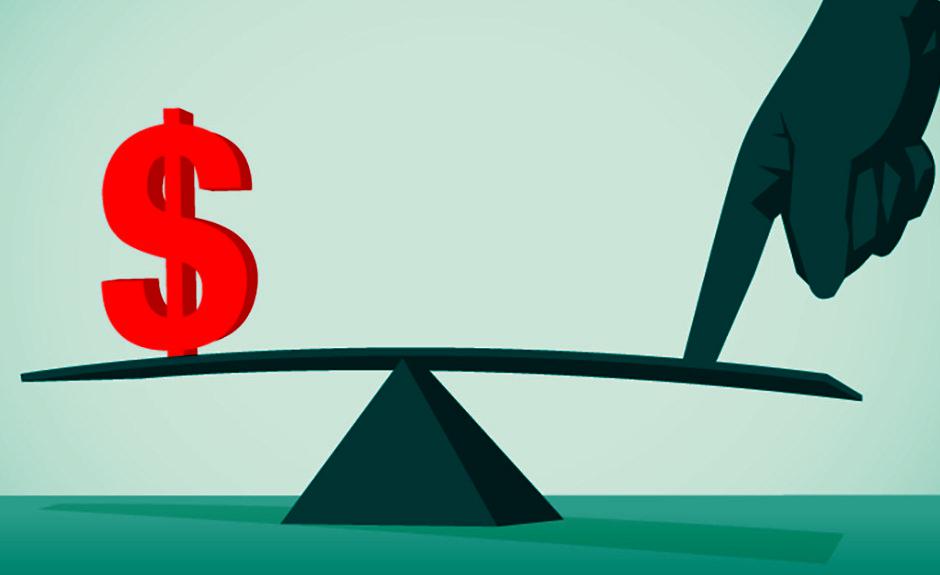Trading with Leverage: What You Need to Know
- Written by News Company
The financial industry managed to open up to retail individuals for the past 15 years thanks to two important factors: technology and leverage. All the technological developments had made it possible for any person to have access to the financial markets from anywhere in the world.
Leverage, which is the topic of the current handy guide, enabled people to trade the markets without having to deposit big sums of money. Still, what is it that you need to know in order to use leverage in your advantage?
A double-edged sword?
Using leverage basically means borrowing a certain amount of money in order to buy financial contracts. In the case of online trading, you as a trader are borrowing money from your broker. For an initial margin requirement, a person can build up and control a huge amount of buying power.

Source: https://blogs.cfainstitute.org
Even though it helps you increase your profitability if your trades will be in the right direction of the markets, the undisciplined use of leverage can have a damaging effect on your finances. Let’s say you have a leverage of 100:1 on your trading account. That means you need to have a margin requirement of 1% of the total transaction value.
With as little as 100$, you can buy 10,000 units (also called as a mini lot) on most of the major forex pairs. If your broker has a stop out level set at 30% and you only have those 100$ in our trading account, a margin call will be initiated if the market will move 70 pips in the opposite direction of your trade.
Leverage + risk management
This handy guide is not intended to spook you out and make you think that leverage can only be bad. Like in any other business, using other people’s money can improve profitability, if you understand how markets function, and if you have a verified rule-based system that helps you in your trading decision making.
By combining leverage with an effective risk management model, you will lower the negative effects, when the markets won’t behave as you expect, and you will increase your profitability when you are right. In order to do that, you will need to consider variables like risk per trade (on a percentage basis), your trading accuracy, reward to risk ratio, and last but not least, your risk of ruin numbers.
Having the mathematics working for you and not against is key to achieve consistency in trading, while also using leverage. Hopefully, our handy guide gave you some insight information on leverage and it will serve as a motivation for you to study more and understand how to use leverage in your advantage.







